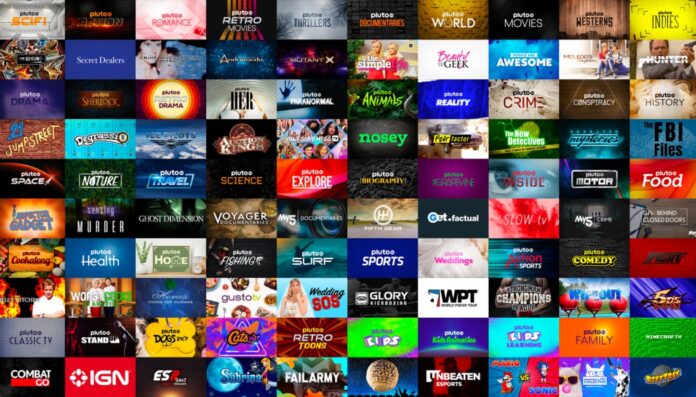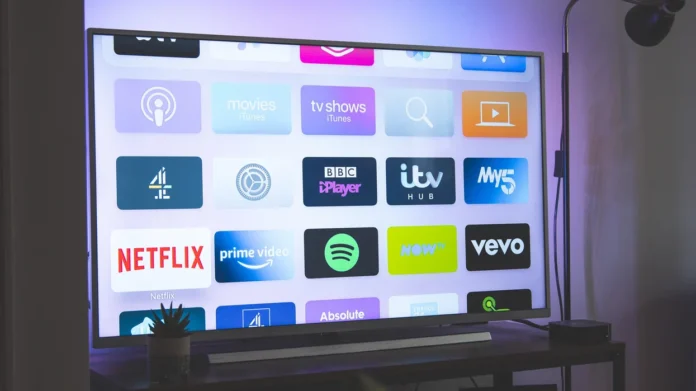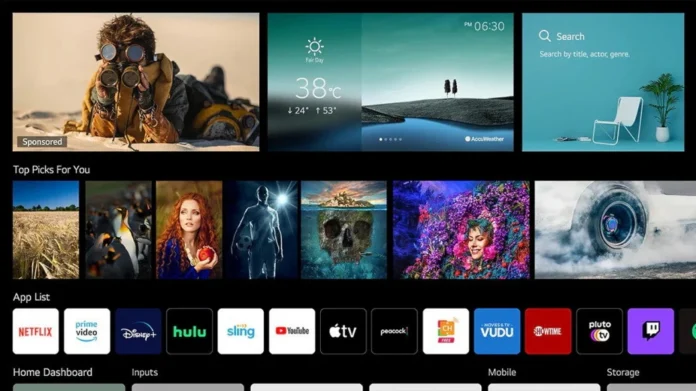In the modern age, technology has revolutionized the way we consume television content. A variety of platforms and mediums have been developed, each offering unique features and capabilities. In this article, we demystify the diverse world of TV platforms, delving into Apps, Broadcast, and Delivery to provide insights and understanding into this dynamic terrain.
I. Introduction

Today’s television landscape is a mosaic of diverse platforms, each with its unique delivery mechanisms and content types. From traditional broadcasting to digital streaming apps, the array of options for consuming. TV platform with app builder content has never been so vast or varied. This proliferation provides viewers with a wealth of choices but can also engender confusion. This article will elucidate the various TV platforms, presenting a comprehensive overview of apps, broadcast methods, and delivery insights to guide your understanding and decision-making.
II. Broadcast Television
A. Overview
Broadcast television remains a prevalent medium worldwide. It employs a system where the television signal is transmitted by radio waves to reach the receiver’s antenna. There are three primary types of broadcast television: over-the-air (OTA) television, cable television, and satellite television.
B. Over-The-Air Television (OTA)

OTA television is the traditional form of broadcasting. TV stations send out signals over the airwaves, and anyone with a suitable antenna can receive them. It’s a cost-effective choice as it’s free after the initial investment in an antenna.
C. Cable Television
Cable television delivers TV programs to viewers via radio frequency signals transmitted through coaxial cables or light pulses through fiber-optic cables. Cable TV typically offers a wider variety of channels and programming compared to OTA television but requires a subscription fee.
D. Satellite Television
Satellite television transmits programs to viewers via communication satellites. Viewers require a satellite dish to receive the signals and a subscription. Satellite TV can provide a vast array of channels, including international programming.
III. Digital Streaming Platforms

A. Overview
Digital streaming platforms are a relatively new and rapidly growing TV platform. These platforms provide on-demand access to TV content over the internet, bypassing traditional broadcast methods.
B. Subscription Video on Demand (SVOD)
Services like Netflix, Hulu, and Amazon Prime Video fall under SVOD. Subscribers pay a monthly fee to access a library of content, which they can stream at their convenience.
C. Ad-Supported Video on Demand (AVOD)
Platforms like YouTube and Tubi TV are AVOD services. They offer free content to viewers, generating revenue through advertising.
D. Transactional Video on Demand (TVOD)
TVOD services like iTunes and Google Play allow users to purchase or rent individual TV shows and movies.
IV. TV Apps and Smart TVs

A. Overview
Smart TVs and TV apps have changed the way people consume content. Smart TVs come equipped with internet connectivity and pre-installed apps, allowing viewers to access both traditional channels and streaming services.
B. TV Apps
TV apps, available for download on smart TVs and streaming devices like Roku and Amazon Fire Stick, consolidate various streaming services, providing seamless access to a wide range of content.
V. Glossary
- Broadcast Television: The transmission of television signals via radio waves to reach the receiver’s antenna.
- Over-The-Air Television (OTA): A traditional form of broadcasting where TV stations send out signals over the airwaves.
- Cable Television: Delivers TV programs via radio frequency signals transmitted through cables.
- Satellite Television: Transmits programs via communication satellites.
- Subscription Video on Demand (SVOD): A subscription-based service that allows users to access a library of content on-demand.
- Ad-Supported Video on Demand (AVOD): Offers free content, generating revenue through advertising.
- Transactional Video on Demand (TVOD): Allows users to purchase or rent individual TV shows and movies.
- Smart TVs: Televisions with internet connectivity and pre-installed apps.
- TV Apps: Applications available for download on smart TVs and streaming devices, providing access to various streaming services.
In the evolving world of TV platforms, staying informed and understanding the various options available is crucial for making the most of the television viewing experience. Whether opting for the traditionality of broadcast television, the convenience of digital streaming platforms, or the integrated experience of smart TVs and TV apps, the choice is in the hands of the viewer.
VI. Choosing The Right Platform
Navigating the world of TV platforms can seem overwhelming, but having a clear understanding of the different types of platforms and their offerings can simplify the decision-making process.
A. Factors to Consider
When choosing a TV platform, consider factors such as cost, content availability, accessibility, and personal viewing habits.
- Cost: Establish a budget. Cable and satellite TV generally require a monthly subscription, while OTA is free after the initial cost of an antenna. Streaming services range in price, and some platforms offer free content supported by ads.
- Content Availability: Evaluate the type and variety of content each platform provides. Some platforms may have exclusive content or offer a wider selection of shows and movies.
- Accessibility: Consider the hardware requirements and ease of use of each platform. Ensure you have the necessary equipment and internet speed to support your chosen platform.
- Viewing Habits: Reflect on your viewing habits. If you prefer live television, traditional broadcast platforms might be more suitable. For on-demand viewing, explore streaming services and TV apps.
B. Trial and Evaluation
Many streaming platforms offer free trials, giving you the opportunity to evaluate their service. Utilize these trials to explore the content, interface, and functionality to determine if it aligns with your preferences.
VII. Impact on the Industry
The proliferation of diverse TV platforms has significantly impacted the television industry, transforming both content production and consumption.
A. Content Production
The emergence of streaming platforms has fueled an increase in content production, with many platforms investing heavily in original programming. This shift has expanded opportunities for creatives, contributing to the era known as “Peak TV.”
B. Consumption Patterns
Viewers’ habits have evolved with the advent of digital platforms. Binge-watching and on-demand viewing have become prevalent, and the traditional TV schedule is losing its dominance.
C. Advertising
The change in consumption patterns has influenced advertising strategies. Advertisers are adapting to the shift towards digital platforms, focusing on targeted and interactive advertising to reach audiences more effectively.
VIII. Future Trends
TV platforms continue to evolve, with emerging technologies promising further transformation.
A. Integration
Integration is a significant trend, with platforms seeking to offer comprehensive solutions that consolidate various services and content types, providing a seamless viewing experience.
B. Interactive and Personalized Content
The future holds an increased focus on interactive and personalized content. Platforms are utilizing data to curate content that aligns with viewers’ preferences, enhancing engagement and satisfaction.
C. Emerging Technologies
Technologies such as 5G, augmented reality (AR), and virtual reality (VR) are set to revolutionize TV platforms, offering immersive and high-quality viewing experiences.
IX. Conclusion

In summary, the landscape of TV platforms is dynamic and diverse, offering a range of options for viewers. From traditional broadcast to innovative streaming services and emerging technologies, the choices are expansive.
Understanding the different platforms, assessing personal preferences and needs, and staying informed about industry trends can ensure a satisfying and enriching TV viewing experience. The future of TV platforms holds exciting prospects, promising continued evolution, and innovation in content delivery and consumption.
Stay tuned, and keep exploring the expansive world of TV platforms!









